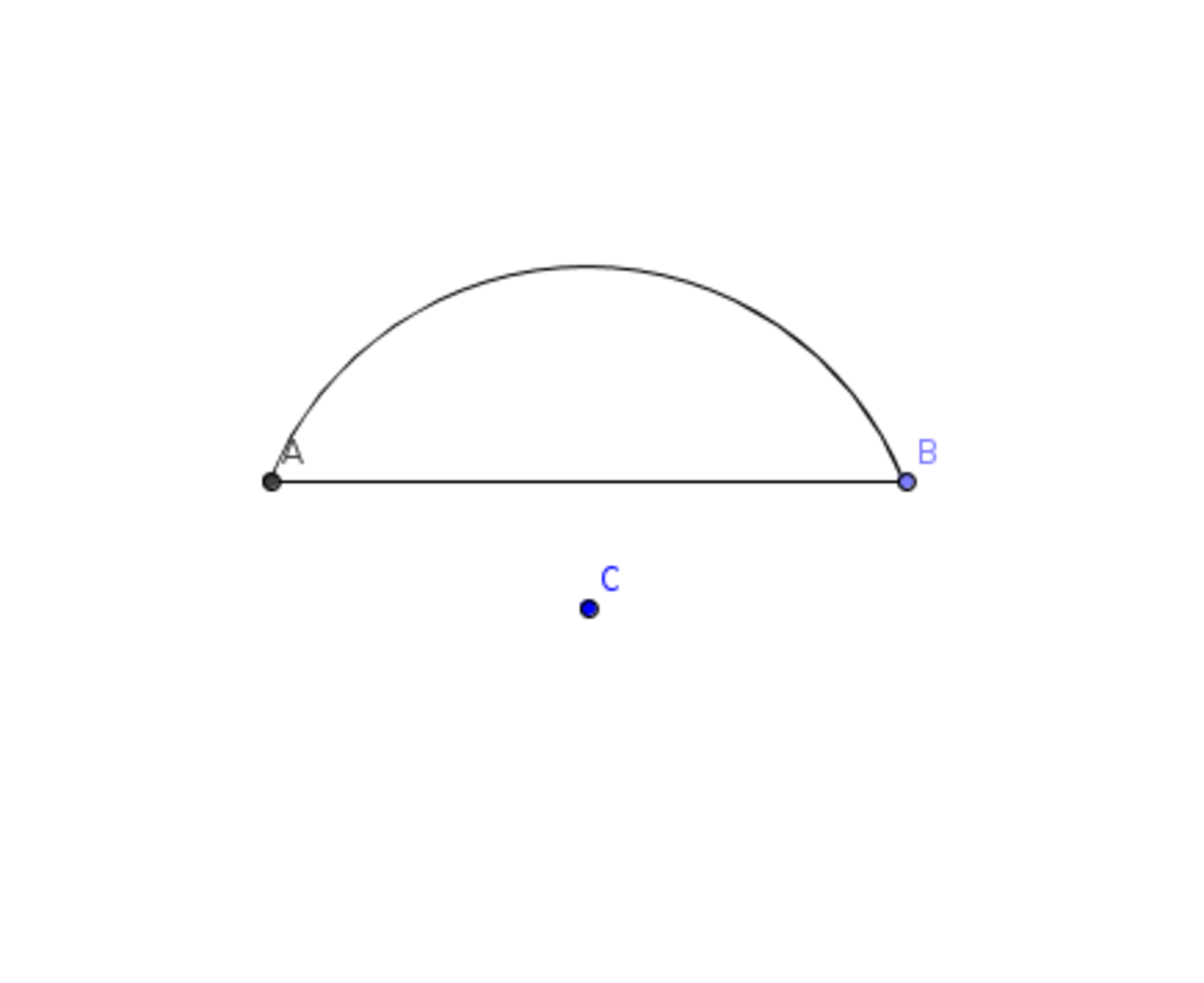Is this Possible?
I was wondering about the comparison between the length of a line segment and arc length, but I have no idea how to construct it. What I am wondering is this: if you have an arc length of length "x", and you somehow get it to intersect (at two points) a line segment of length "x", where will they intersect? Here's an illustration of what I am thinking about:

So I am wondering how to construct this, if not, then what would happen if we could find the points of intersection between the arc and the line segment? If this helps, think about having a string pulled tight, and then tugging on the string. The string becomes arced, but not any bigger, so it should intersect in the same place, right? Hopefully that is clear enough, thank you.
Easy Math Editor
This discussion board is a place to discuss our Daily Challenges and the math and science related to those challenges. Explanations are more than just a solution — they should explain the steps and thinking strategies that you used to obtain the solution. Comments should further the discussion of math and science.
When posting on Brilliant:
*italics*or_italics_**bold**or__bold__paragraph 1
paragraph 2
[example link](https://brilliant.org)> This is a quote# I indented these lines # 4 spaces, and now they show # up as a code block. print "hello world"\(...\)or\[...\]to ensure proper formatting.2 \times 32^{34}a_{i-1}\frac{2}{3}\sqrt{2}\sum_{i=1}^3\sin \theta\boxed{123}Comments
I am unable to understand where you want to get at. Lemme tag some people who may be able to help. @Nihar Mahajan@Aareyan Manzoor